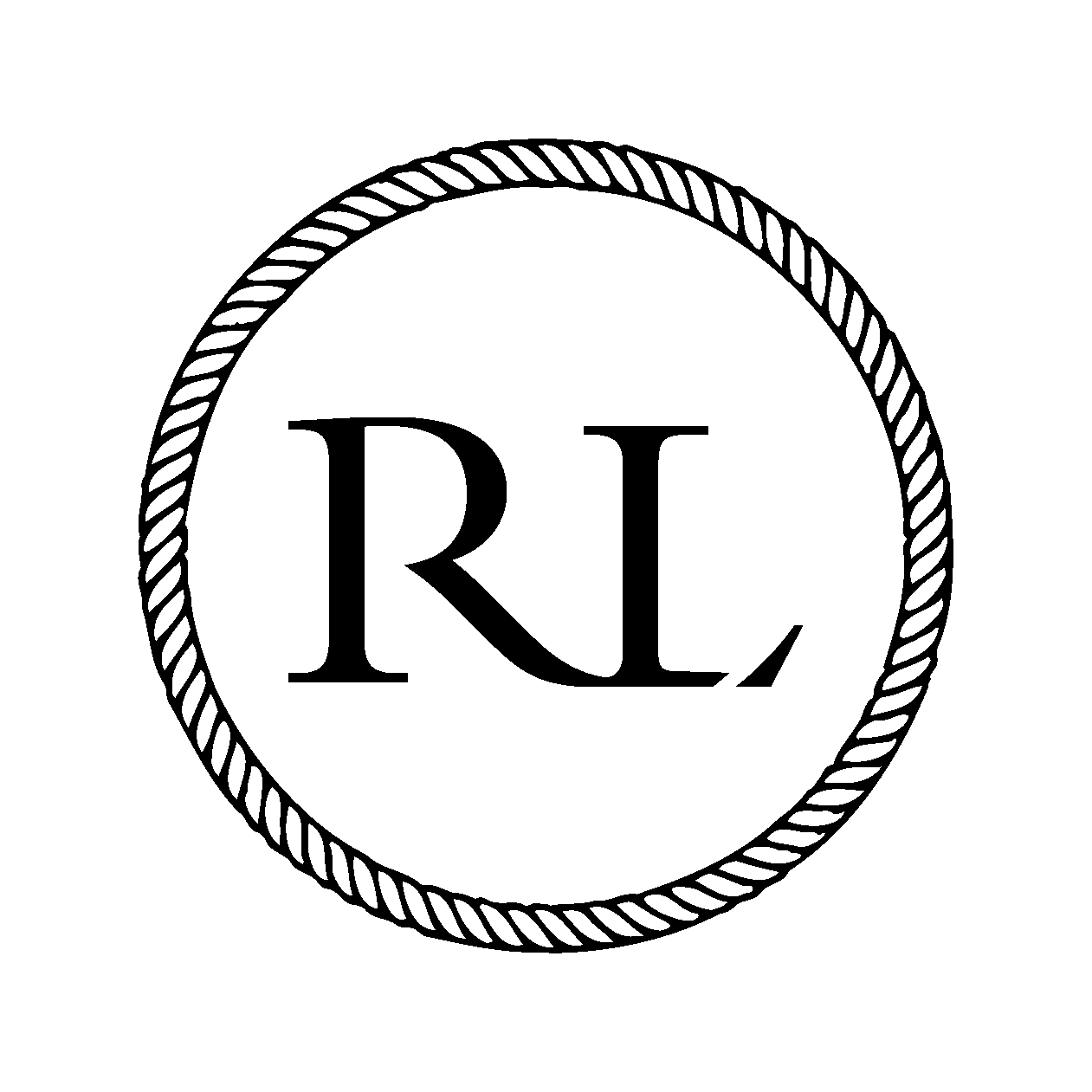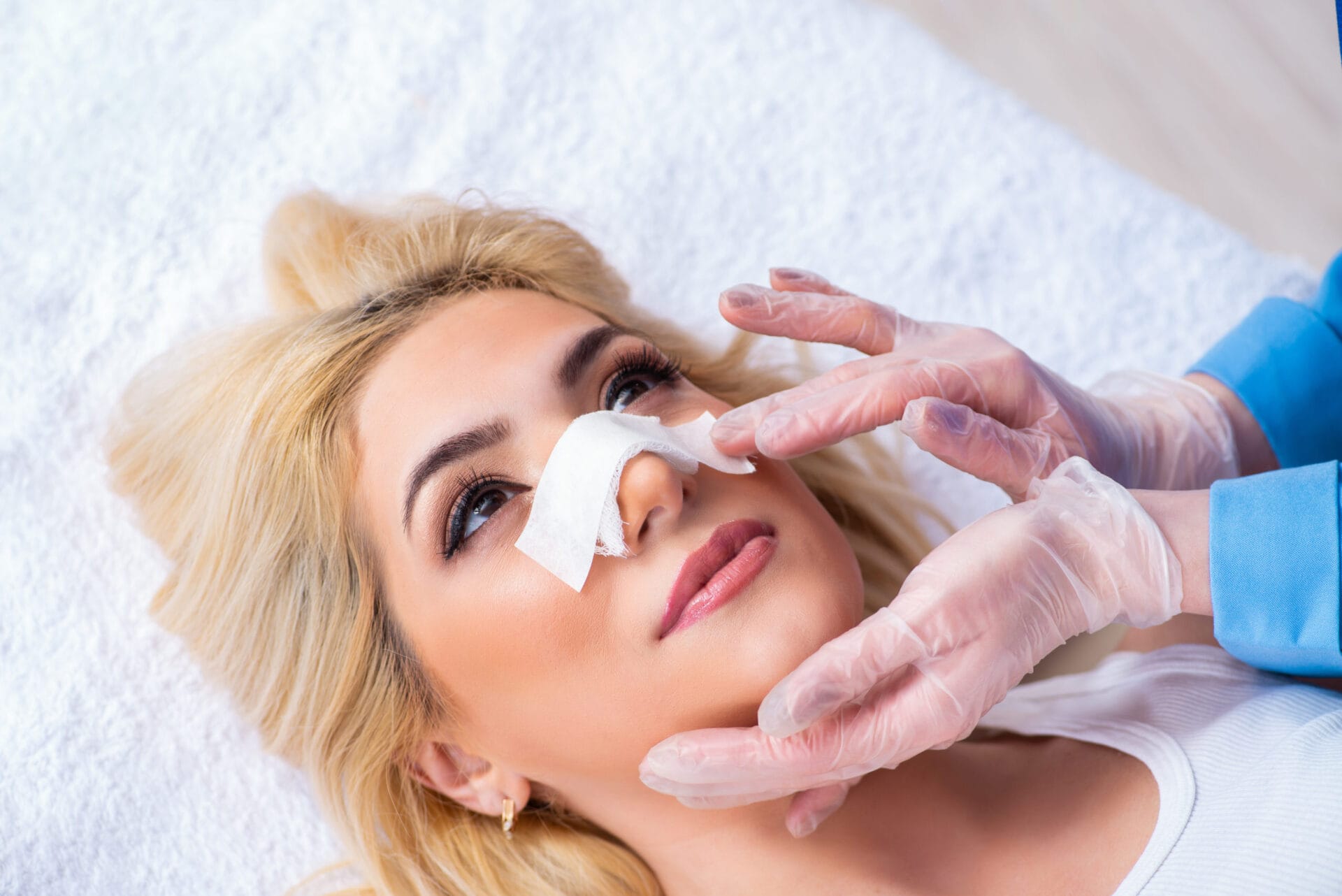Lifting Droopy Nasal Tips: Causes, Surgical Techniques, and Aesthetic Benefits

What is a Droopy Nasal Tip?
A droopy nasal tip can impact the balance of your facial features, making your nose appear longer or more prominent than it actually is. Whether it is due to genetics, ageing, or previous trauma, a downward-pointing tip can create concerns about facial harmony. Fortunately, modern rhinoplasty techniques offer effective solutions to lift and refine the nasal tip, enhancing both aesthetics and function. This guide explores the causes of a droopy nasal tip, the surgical methods used to correct it, and what to expect during recovery.
What Causes a Droopy Nasal Tip?
A droopy nasal tip can affect facial harmony, making the nose look longer or heavier than it actually is. Several factors contribute to this condition:
- Weak or Underdeveloped Cartilage – The tip of your nose is shaped by cartilage. If this structure is weak or lacks support, it can droop over time.
- Ageing – As you get older, the skin and cartilage lose strength, causing the nasal tip to sag.
- Genetics – Some people are naturally predisposed to a droopy tip due to inherited nasal structure.
- Previous Surgery or Trauma – Injury or prior rhinoplasty can weaken nasal support, leading to a downward tilt.
If you are wondering how to fix a droopy nose tip, rhinoplasty is the most effective solution. Learn more at Rhinoplasty LDN.
How to Fix a Droopy Nose Tip: Surgical Techniques
Rhinoplasty techniques for lifting and reshaping a droopy nasal tip depend on the cause and severity. Here are the most common approaches:
Tip Rotation and Projection
If your nasal tip points downward, surgeons can rotate it upwards using precise cartilage modification. This helps to create a more balanced, refined profile without over-shortening the nose.
Cartilage Grafts for Support
A weak or bulbous tip often lacks structural integrity. Cartilage grafts (taken from your septum or ear) reinforce the tip, providing necessary support to lift and stabilise it.
Alar and Columellar Modifications
Sometimes, the droopiness is caused by excessive soft tissue or an elongated columella (the strip of skin between your nostrils). Adjusting these areas can refine the tip shape and projection.
Non-Surgical Options
In mild cases, dermal fillers can provide subtle lifting effects. However, results are temporary, and this method cannot replace surgical correction when significant reshaping is needed.
Recovery After Tip Rhinoplasty
Healing after rhinoplasty is gradual, and patience is key. Here is what you can expect:
Initial Recovery (First 1–2 Weeks)
- Swelling and bruising are normal, peaking within the first few days.
- A splint may be applied to stabilise the nose.
- Avoid heavy lifting and strenuous activity.
- Follow your surgeon’s aftercare advice to reduce swelling and promote healing.
Mid-Term Healing (Weeks 3–6)
- Most swelling subsides, and the nasal tip starts to refine.
- You can resume light exercise, but avoid contact sports.
- The nose may feel firm or slightly numb as internal healing continues.
Final Results (6–12 Months)
- The nasal tip softens, and definition improves.
- Minor swelling can persist for months but is typically unnoticeable.
- Results are long-lasting, provided you follow post-surgical care guidelines.
Aesthetic and Functional Benefits of Tip Rhinoplasty
Correcting a droopy nose tip goes beyond aesthetics. While a refined tip enhances facial symmetry, structural improvements can also improve breathing function. Many patients experience a confidence boost, feeling more comfortable with their overall profile.
Choosing the Right Surgeon for Tip Rhinoplasty
Not all rhinoplasty procedures are the same, and the success of your surgery depends heavily on your choice of surgeon. Look for a specialist with extensive experience in nasal tip refinement. During your consultation, ask to see before-and-after photos of previous patients with similar concerns. A skilled surgeon should be able to explain the best techniques for your unique nasal structure and set realistic expectations. You can explore expert rhinoplasty options at Rhinoplasty LDN.
Common Concerns About Droopy Nose Tip Correction
Many people hesitate about rhinoplasty due to concerns over recovery, pain, and results. Here are some common questions:
Will the Surgery Be Painful?
Most patients experience only mild discomfort, as pain is well-managed with prescribed medications. The first few days may feel uncomfortable due to swelling and congestion, but this subsides quickly.
Will My Nose Look Natural?
A well-performed rhinoplasty enhances your natural features rather than making your nose look artificial. The goal is a balanced, harmonious result that suits your face.
How Long Until I See the Final Results?
Although initial improvements are visible within weeks, full refinement can take up to a year as swelling gradually diminishes.
Lifestyle Adjustments for Better Healing
To optimise healing and achieve the best possible outcome, follow these guidelines:
- Avoid Smoking and Alcohol – These can slow down healing and increase swelling.
- Follow a Healthy Diet – Nutrient-rich foods promote tissue repair and reduce inflammation.
- Sleep with Your Head Elevated – This minimises swelling and enhances comfort.
- Be Patient – Healing takes time, and rushing the process can lead to unnecessary stress.
Is Rhinoplasty Right for You?
If you are considering how to fix a droopy nose tip, consultation with a specialist is the first step. A skilled surgeon will assess your nasal structure and recommend a personalised approach to achieve natural-looking results.
A well-executed rhinoplasty should blend seamlessly with your facial features, ensuring balance without an overdone or artificial look. Whether your concern is genetic, age-related, or due to previous trauma, modern techniques can help create a more defined and harmonious appearance.
Final Thoughts
Correcting a droopy nasal tip can make a significant difference in facial aesthetics and confidence. Understanding the causes, available surgical techniques, and recovery process can help you make an informed decision. If a droopy nasal tip has been bothering you, exploring your options with a qualified surgeon can be a step towards a more confident you.
Whether you are seeking subtle refinement or more noticeable change, today’s rhinoplasty techniques offer safe and effective solutions. With the right surgeon and proper aftercare, you can achieve long-lasting, natural-looking results.
For more information or to book a consultation, visit Rhinoplasty LDN.

